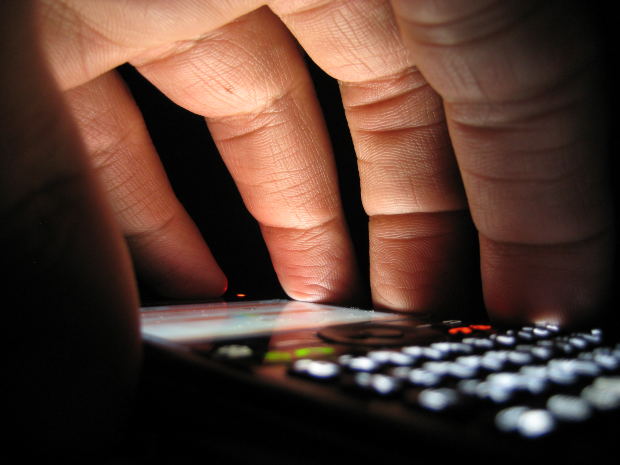- Free Initial Consultation: (954) 761-3641 Tap Here To Call Us
Florida Distracted Driving Accident Risk High

In a recent ride-along with Florida Highway Patrol troopers in South Florida, an NBC affiliate news crew took note of numerous drivers texting, scrolling and talking away behind the wheel. Despite observations of this extremely dangerous behavior, the trooper was without an actionable cause to stop these drivers. That’s because Florida has one of the weakest distracted driving laws in the country, despite this being a serious problem known to be even more prevalent than drunk driving.
Florida is one of a handful of states where texting-and-driving remains a secondary offense. That means an officer must also observe some other traffic offense before a traffic stop can be initiated and a texting-while-driving citation issued.
F.S. 316.305, also known as the Florida Ban on Texting While Driving Law, prohibits the use of an electronic device (manually typing, sending, reading or researching data or interpersonal communication) while operating a motor vehicle. There are a number of exceptions to this rule (i.e., researching traffic or weather alerts, those who are searching radio broadcasts use of a system for navigation), but the biggest issue is the fact that it’s a secondary offense. Plus, even if a fine is issued, it’s only $30 for a first-time offense.
Mountains of evidence suggest more must be done to curb this problem, particularly in Florida. For example, EverDrive’s Safe Driving Report 2016-2017 reveals Florida ranked second-worst in the country for distracted driving, with 44 percent of drives containing at least one distracted driving event. (On top of that, researchers pointed out, Florida drivers exceeded the speed limit in 38 percent of trips and 32 percent of drives involved harsh braking.)
The National Highway Traffic Safety Administration (NHTSA) released a recent report revealing approximately 3.3 percent of drivers in 2016 hold cell phones to their ears while driving, translating to an estimated 481,000 passenger vehicles driven by people using handheld cell phones at any typical daylight moment. The rate was higher among female drivers than male, and was the highest among those ages 16 to 24.
Meanwhile, the number of drivers visibly manipulating handheld devices was roughly 2.1 percent, with younger drivers again observed at higher rates. Those in vans and sport utility vehicles were also noted to be bigger offenders, as were those in rural areas and on weekdays during rush hour.
All this was based on some 48,000 vehicles observed by researchers at 1,600 sites across the country.
Although no state entirely bans all forms of cell phone use by drivers, there are 14 that ban talking on a handheld cell phone. Each of these states also has a primary enforcement law, intended to allow officers to cite drivers who use handheld cell phones despite the absence of any other offense.
Proof of distracted driving in a civil personal injury case in Fort Lauderdale may be based on physical as well as circumstantial evidence. Your injury lawyer may gather data directly from the tortfeasor’s phone (which would include time stamps on messages, photos and other posts). We may also take into account evidence that the driver failed to initiate any evasive maneuvers (a fact that can often indicate inattention), as well as witness statements of the driver’s behavior – including the driver’s own statements.
In cases where the at-fault driver was on-the-clock or driving a company vehicle, employer liability may also be an issue worth exploring.
Having an experienced injury lawyer working for you following a distracted driving accident can make a substantial difference in your ability to collect damages.
Call Fort Lauderdale Injury Attorney Richard Ansara at (954) 761-4011. Serving Broward, Miami-Dade and Palm Beach counties.
Additional Resources:
Ride-along: Catching distracted drivers in SWFL, Sept. 26, 2017, By Rachel Polansky, NBC-2
More Blog Entries:
Florida Court: Insurer Required to Cover $15M Car Accident Verdict, Sept. 22, 2017, Fort Lauderdale Car Accident Lawyer Blog













